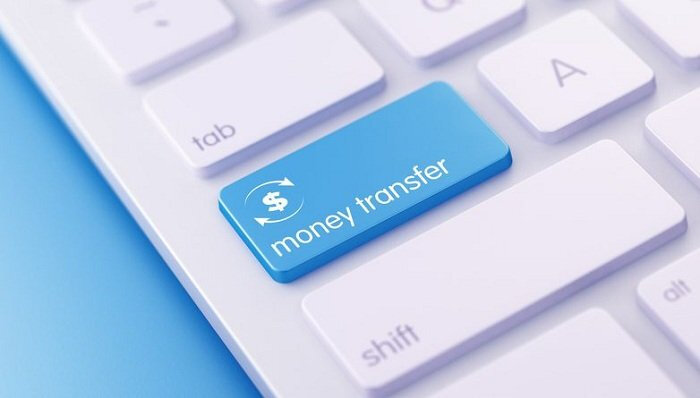Rundown In Money Transfering History
The history of money transfers is inextricably linked with the history of money itself. If the beginning of the history of the appearance of money is taken to be the end of the stage of mass in-kind exchange, then we can see the development of not only pigeon mail over this period, but also the tremendous leaps and bounds of the development of modern methods. These are the methods where, in a fraction of a second, information about money is transmitted, rather than the money itself in chests and bags.
How Did it All Start?
The appearance of the first paper money in 806 in China actually gave rise to a modern money transfer system, since such "securities" became carriers of information about a certain amount of gold or other valuable metal, which was guaranteed by the ruler of one or another state.
Even during the Crusades, European countries did not know paper money, and bankers issued the same crusaders with handwritten documents secured with gold, which could be exchanged in other parts for the equivalent in a local currency, which, in fact, in those medieval times became the analog of postal translations of the 20th century. Such a mechanism of money transfers secured by gold worked until the “gold standard” was canceled (1944).
With the invention of the writing telegraph B.S. In 1856, Jacobi had the opportunity to make a wire transfer of money. The first such transfer was made in the USA in 1871. This year can also be considered the beginning of electronic commerce.
With the beginning of the digital technology era, the encoded file information began to perform the function of the information carrier in the “transfer note” or in the telegraph tape, and telegraphs and phone calls were replaced by high-speed technologies that allow real-time information transmission. In fact, this gave a start to the emergence of virtual money, the ratio of which to cash is now estimated at 9: 1. Simpler: 90% of the world's finances are in computer files of financial institutions, and only 10% in cash.
Nowadays
Although modern money transfer systems work on different principles and approaches, they all operate with digital information. As an example, the Western Union, Mastercard MoneySend, Bitcoin. Thus, the Western Union money transfer system does not require opening a bank account. Mastercard MoneySend allows you to transfer money from one card account to another. Bitcoin is the first digital currency, where the communication and transmission of encoded information on the receipt of digital currency are carried out using peer-to-peer technology - from user to user. Today you even have the opportunity to use the online casinos that accept WebMoney, having only electronic money in your account.
Payment functions of banks will go to digital-business structures that will conduct payments and transfers online. Such structures are already appearing, for example, on the basis of mobile operators. Mobile operators will be able to build a powerful transaction business in the next few years. Other bank-based solutions may appear that will separate the processing component, and the banks themselves will have to analyze the credit risks and take such risks correctly.
Today, Amazon, Alibaba, Google, Yandex, and other IT platforms are successfully competing with banks in making instant payments and money transfers. Back in the mid-90s, Bill Gates said that the world needs banking services, but not the banks themselves. And this statement of his was brought to life by the everyday habits of the possibility of financial transactions using portable devices and an abundance of various applications.




/https%3A%2F%2Fstorage.canalblog.com%2F97%2F92%2F1549815%2F126976120_o.png)
/https%3A%2F%2Fstorage.canalblog.com%2F91%2F42%2F1549815%2F126861608_o.jpg)
/https%3A%2F%2Fstorage.canalblog.com%2F44%2F45%2F1549815%2F126548422_o.jpg)
/https%3A%2F%2Fstorage.canalblog.com%2F44%2F61%2F1549815%2F126489602_o.jpg)